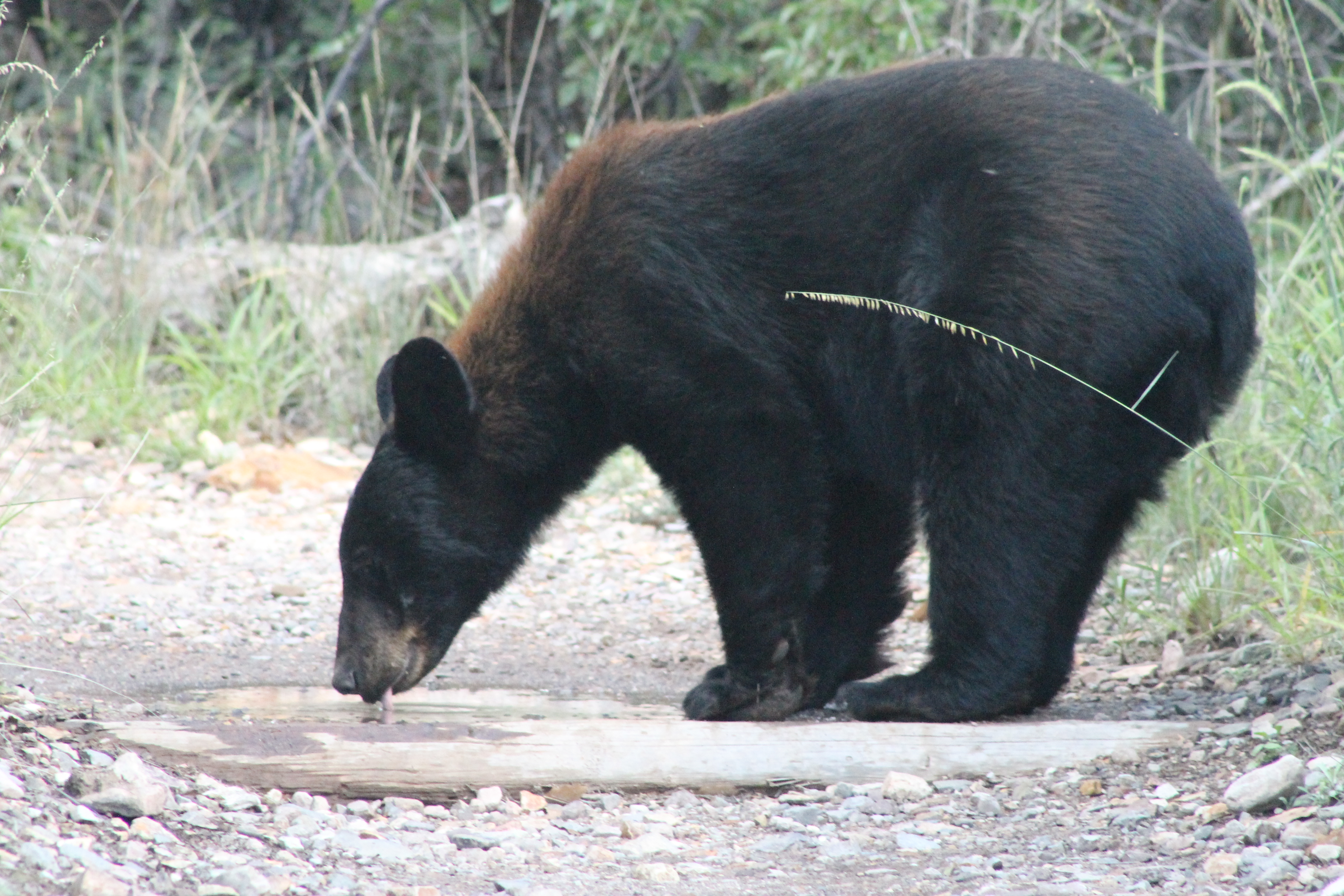
This is when they try to get as much as 20,000 calories per day to put on stores of fat in preparation for winter denning. What is more likely is that the bear is standing to pick up a scent.īlack bears have delayed embryo implantation, a process where mating occurs in early summer and the embryo only implants in the fall if the female has sufficient fat reserves to nurse her young over the winter.īears go through a phase called hyperphagia (“extreme eating”) in the fall. The myth that bears have poor eyesight has likely arisen from their habit of standing as if to get a better look. Their eyesight and hearing is as good, or better, than humans. Other foods include rodents, fish, insects (especially the larvae), carrion and sometimes young deer, elk or moose.īears have a sense of smell far greater than that of dogs and can locate food over one kilometre away. Once berries ripen, bears will switch to these high calorie foods. They are one of the few animals that will feed on the tubers of skunk cabbage. When bears emerge from their dens in April, they seek out lush greens such as grasses, sedges, horsetails and other protein-rich fresh growth. When trying to identify a species of bear, look at a combination of characteristics and do not rely solely on colour or size.īlack bears are omnivorous mammals with vegetation making up about 80% of their diet. Adult black bear males measure between 30 to 90 cm at the shoulder and can weigh anywhere from 80 to 300 kg. Some black bears can also be distinguished by unique white blazes on their chest. Some are called cinnamon bears for their reddish-brown coat. Black bears can be white (such as the Kermode bear), bluish-grey, black and various shades of brown. When identifying the two types of bears in BC, size and colour can be misleading.

Bears are most active from April to November, but in milder climates, or where they are continuously finding food, bears may not go into their dens. They are renowned for their acute sense of smell that allows them to locate food at great distances.īlack bears account for 14,000 to 25,000 calls per year to the Conservation Officer Service. Black bears are omnivorous animals with vegetation making up about 80% of their diet. While called a black bear, these animals come in a variety of colours – everything from the white Kermode bear through to their namesake black and most shades of brown in between. Most of BC is considered “bear country” with bears living in coastal temperate rainforests as well as the dry interior. British Columbia has some of the highest populations of black bears in the world with estimates ranging from 120 to 150 thousand animals.

The American black bear ( Ursus americanus) is the most common and widely distributed of the three bears found in Canada.


 0 kommentar(er)
0 kommentar(er)
